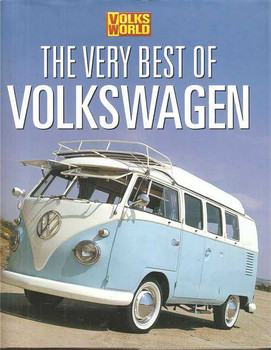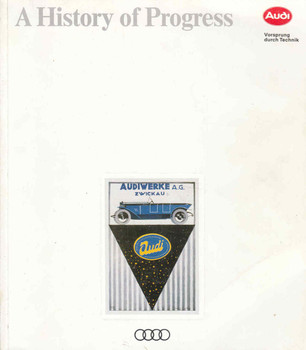Description
Volkswagen AG Corporate History Department, Softbound, 182 Pages, ISBN: 9783935112114, 1st Edition, 2003
- Volume 7 in a series of publications
Talk about a "Volkswagen" began in Germany in 1904. Engineers were already of the opinion that the future of the automobile industry lay in the mass production of inexpensive small cars. Pioneering developments in America, where a mass market for automobiles was gradually developing, were observed with astonishment. Nevertheless, the debate concerning a "people's car" provoked by the American model was accompanied by sceptical undertones because passenger cars were then seen wholly as highly taxed luxury items. In addition, the troublesome technical aspects of the current automobiles that required much maintenance spoke against the popularization of the automobile.
The first "people's cars" were produced on the other side of the Atlantic starting in 1908, where mass purchasing power and the means of production made the motorization of American society possible.The Ford Motor Company, founded by Henry Ford, produced the Model-T on an assembly line, which was soon viewed by European manufacturers as the prototype of rationalized mass production.
By the time the last one was built in 1927,15,007,033 "Tin Lizzys" had left the Ford plant in Detroit.
Through Henry Ford's influence, the idea of a Volkswagen became the leitmotif of automotive publications during the Weimar Republic, inspiring the fantasy of designers.
Late fame was gained by the 18-year old Hungarian technology student Bela Bareny, who submitted a "Fahrgestell-Entwurf fur einen Volkswagen" (chassis design for a Volkswagen) in 1925 and — along with August Horch, Ettore Bugatti, Ferdinand Porsche and Heinrich Nordhoff — came to be included in the "Automotive Hall of Fame".
Although the motorcycle was the front-runner in the motorization of Germany during the 192os, automobile manufacturers were making obvious advances. Because of high vehicle taxes and fuel prices, they pushed forward with the development of small engined, economically feasible vehicles.
The Volkswagen was the main attraction of the international automobile shows in Berlin in the early 193os, not as a brand name, but as a classification. BMW, Mercedes, Opel, Ford, Adler and Hanomag, all presented cheap-to-run models suitable for mass production in 1934 that were marketed to the public as Volkswagens.
The technical requirements were already available and the Volkswagen was on everybody's mind by the time the Nazi dictatorship came to power.


















